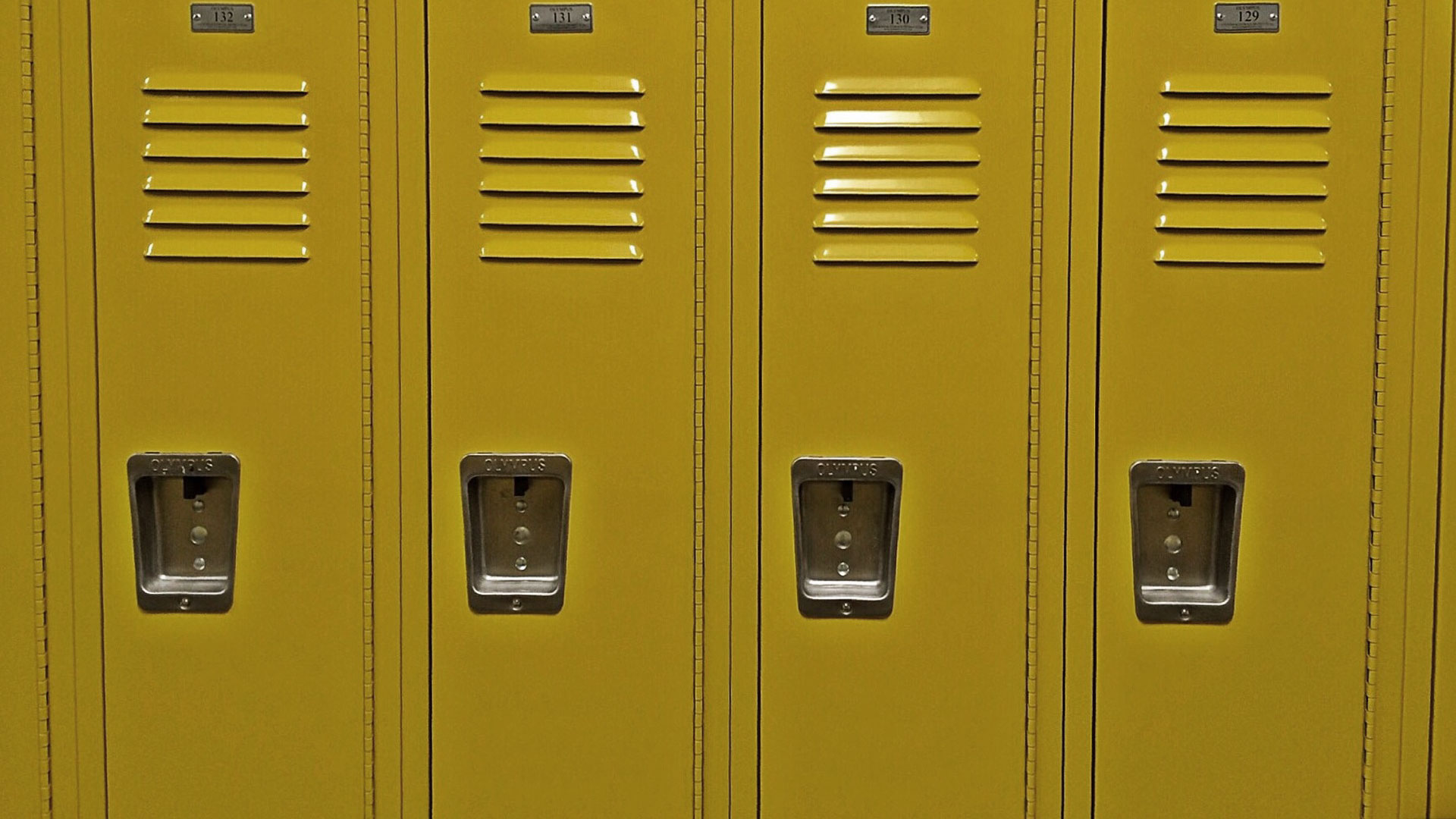Earlier this month, the federal government offered guidance to school districts that use police officers to keep order in their public schools. To say guidance is needed is a vast understatement.
Since the deployment of officers in schools became routine across the country, there’s been no shortage of reports about children being pepper-sprayed, handcuffed, roughed up and otherwise abused by officers – often for nothing more than typical adolescent behavior.
In many jurisdictions, school officials have essentially turned over routine disciplinary matters to the police.
Because police are in the business of combatting crime, not educating children, the results shouldn’t surprise anyone. Misbehavior that once earned a student a stern reprimand – or maybe a stint in study hall – now can land a kid behind bars. Instead of a trip to the guidance counselor, a child who gets in trouble now often faces a maze of court appearances, fines and even jail time. The consequences for children and families can be enormous.
The Department of Education and the Department of Justice have rightly attempted to bring some commonsense to the use of school police, commonly called “school resource officers” (SROs). The jointly issued guidance says that schools should not allow police to enforce basic discipline, and that they should ensure that officers are trained to deal with children and comply with civil rights laws.
It’s encouraging that the Obama administration recognizes that thousands of children are being needlessly criminalized. The reality, though, is that the guidelines are largely toothless. Unless a school district accepts federal money to pay for SROs, the government has no leverage to bring schools into compliance. And the vast majority of the programs across the country are funded through local tax dollars.
That means police will continue to patrol the hallways in many schools with virtually unchecked authority to arrest children over the smallest infraction, often for vague offenses such as “disorderly conduct” and sometimes even for simple violations of school rules. It’s a disastrous formula for dropout, incarceration and distrust of law enforcement, particularly for students of color.
Research has shown that injecting law enforcement into schools disproportionately affects children of color. Black students are more than twice as likely as white children to be referred to law enforcement or arrested at school, and nearly four times as likely to be suspended.
Students of color also are more likely to attend schools where police are present. While 42 percent of high schools have law enforcement officers, more than half (51 percent) of the high schools with high black and Latino student enrollment have them, according to federal data.
In our work at the Southern Poverty Law Center, we’ve seen the devastating toll that over-policing has taken on children across the Deep South.
In Birmingham, Alabama, police in the predominately African-American school district were routinely pepper-spraying children for offenses such as “backtalking” or “challenging authority.” We sued, and a federal judge ruled that police violated the constitutional rights of children, writing that he was “profoundly disturbed” by the testimony during the trial and that the police “displayed a cavalier attitude” toward the use of pepper spray on teenagers.
Last month, we filed a federal civil rights complaint against the school district in Pinellas County, Florida, for subjecting black students and students with disabilities to disproportionate arrests and restraints such as pepper spray for common misbehavior. Students were arrested more than 3,800 times in the school years between 2010 to 2015. The complaint describes how black students are nearly four times as likely to be arrested as white students.
In Meridian, Mississippi, the police were transporting so many children from school to the juvenile jail that police began describing themselves as a “taxi service.” After our investigation, a Department of Justice lawsuit alleged children were being punished “so arbitrarily and severely as to shock the conscience.”
Placing police officers in schools has done little more than help funnel the most vulnerable children into the school-to-prison pipeline. While the new federal guidelines highlight the flaws of these programs, they’re unlikely to have a far-reaching effect.
If we hope to stop the criminalization of students, it’s not enough to urge teachers and principals to keep routine discipline out of the hands of the police. It’s not enough to train officers on how to deal with high school kids, or to remind school districts that the police shouldn’t violate a student’s civil rights.
We must recognize that schoolchildren are not criminals. Schools need to be a place where students can make a mistake without being handcuffed and hauled away in the backseat of a police car. For many students, that will only happen when we pull the police out of their schools.

